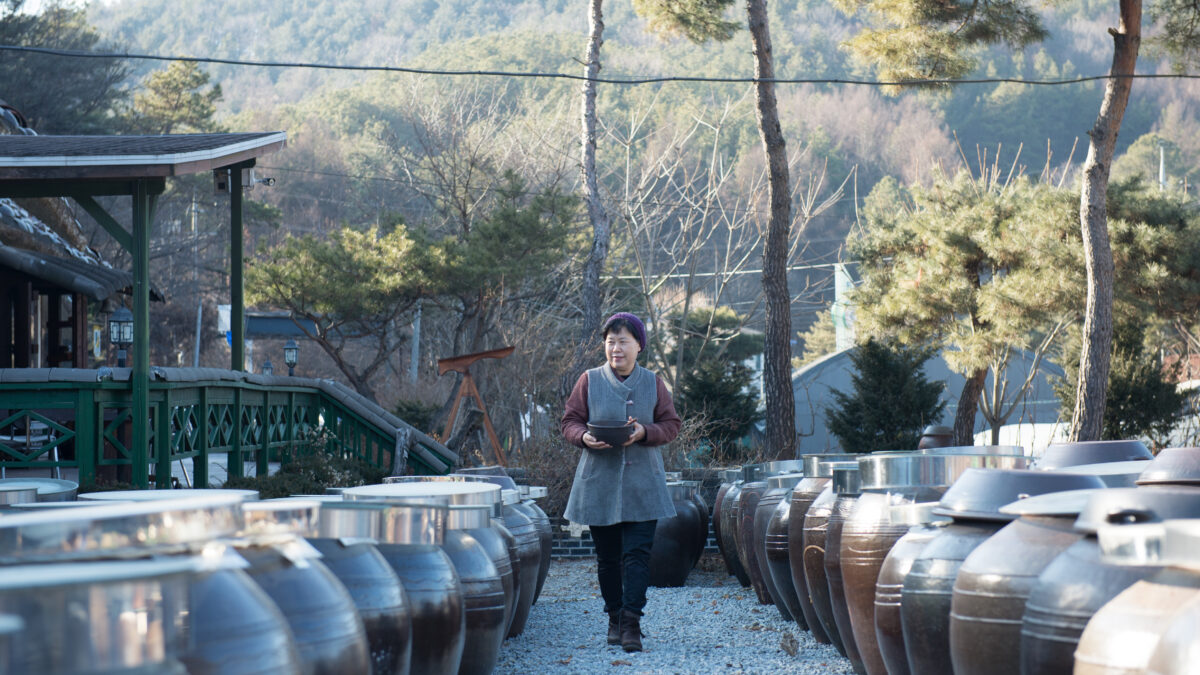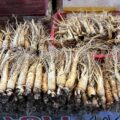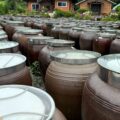Gochujang: Sweet, Spicy & Umami Paste

No Korean kitchen is complete without a jar of gochujang (고추장) — a deep red, spicy-sweet chili paste that defines the essence of Korean cuisine.
It’s the secret behind classics like bibimbap, tteokbokki, and samgyeopsal, but it’s also more than a condiment — it’s a window into Korea’s history, philosophy, and taste for balance.
A History Born of Fire and Fermentation
Before chili peppers arrived in Korea, the country already had a rich fermentation culture — making soybean pastes (doenjang) and soy sauces (ganjang) since the Three Kingdoms period (4th century).
When chili peppers were introduced to Korea in the 16th century, most likely via Japan after contact with the Americas, they changed the Korean palate forever.
Unlike many countries that used chilies simply for heat, Koreans combined them with their ancient mastery of fermentation.
The result? Gochujang — a perfectly balanced paste of spice, sweetness, saltiness, and umami that captured the Korean spirit of harmony in food.
By the 18th century, gochujang was already a staple. Old Korean cookbooks like Gyuhap Chongseo (1809) recorded precise recipes, reflecting both domestic know-how and regional diversity.
What Gochujang Is Made Of
Traditional gochujang requires patience, time, and the right microclimate. The ingredients are simple — but their natural fermentation process gives it remarkable depth:
¤ Chili powder (gochugaru) — the source of color, spice, and warmth.
¤ Glutinous rice flour — gives body and sweetness during fermentation.
¤ Fermented soybean powder (meju garu) — provides the umami base.
¤ Barley malt (yeotgireum) or rice syrup (jocheong) — for mild sweetness.
¤ Salt — essential for preservation and balance.
These ingredients are mixed into a thick paste and stored in onggi — traditional clay jars — under the sun for several months.
During this time, natural enzymes and bacteria transform the paste, developing its deep flavor and subtle complexity.
The Flavor Profile: Harmony in Contrast
What makes gochujang special is its multidimensional taste — not just spicy, but sweet, savory, and earthy all at once.
This balance mirrors Korea’s traditional philosophy of “Eum-Yang” (Yin-Yang): harmony between hot and cool, sweet and salty, body and mind.
That’s why gochujang isn’t eaten by itself. Instead, it’s blended into sauces, marinades, soups, or stews — enhancing other ingredients rather than overpowering them.
Regional Varieties and Modern Innovations
Different regions of Korea produce distinct gochujang styles, depending on the local grains, water, and climate.
¤ Sunchang Gochujang (순창고추장) — the most famous, made in Jeollabuk-do, known for its perfect balance and rich sweetness.
¤ Andong Gochujang — darker and deeper, with stronger fermented notes.
¤ Gangwon Gochujang — lighter and slightly saltier, reflecting the mountain climate.
Health Benefits: Ancient Wisdom Meets Modern Nutrition
True to its name — “jang” means paste, but also denotes something alive — gochujang is a living food.
Its fermentation process creates probiotics, beneficial for gut health, while chili peppers bring capsaicin, known to boost metabolism and circulation.
It’s also low in fat, rich in protein, and naturally preservative-free when made traditionally.
In Korea’s food philosophy, gochujang isn’t just seasoning — it’s medicine for balance.
Gochujang Today: From Temples to TikTok
Once aged under the sun in rural courtyards, gochujang now appears in everything from street food sauces to fine dining menus.
You’ll find it in Korean fried chicken glazes, BBQ marinades, fusion tacos, or even gochujang aioli at gourmet restaurants abroad.
What’s striking is how this centuries-old condiment remains modern and relevant — a taste of Korea’s past and future in one spoonful of red paste.



